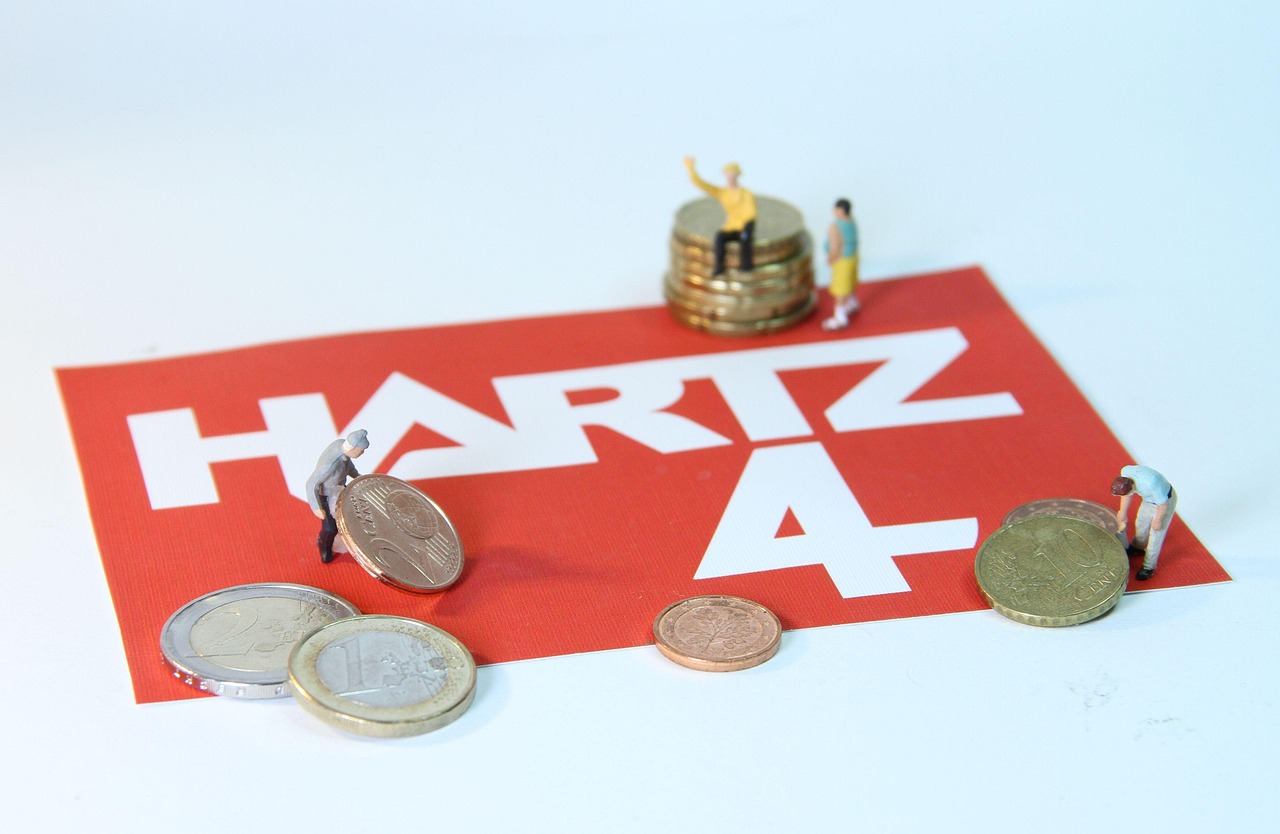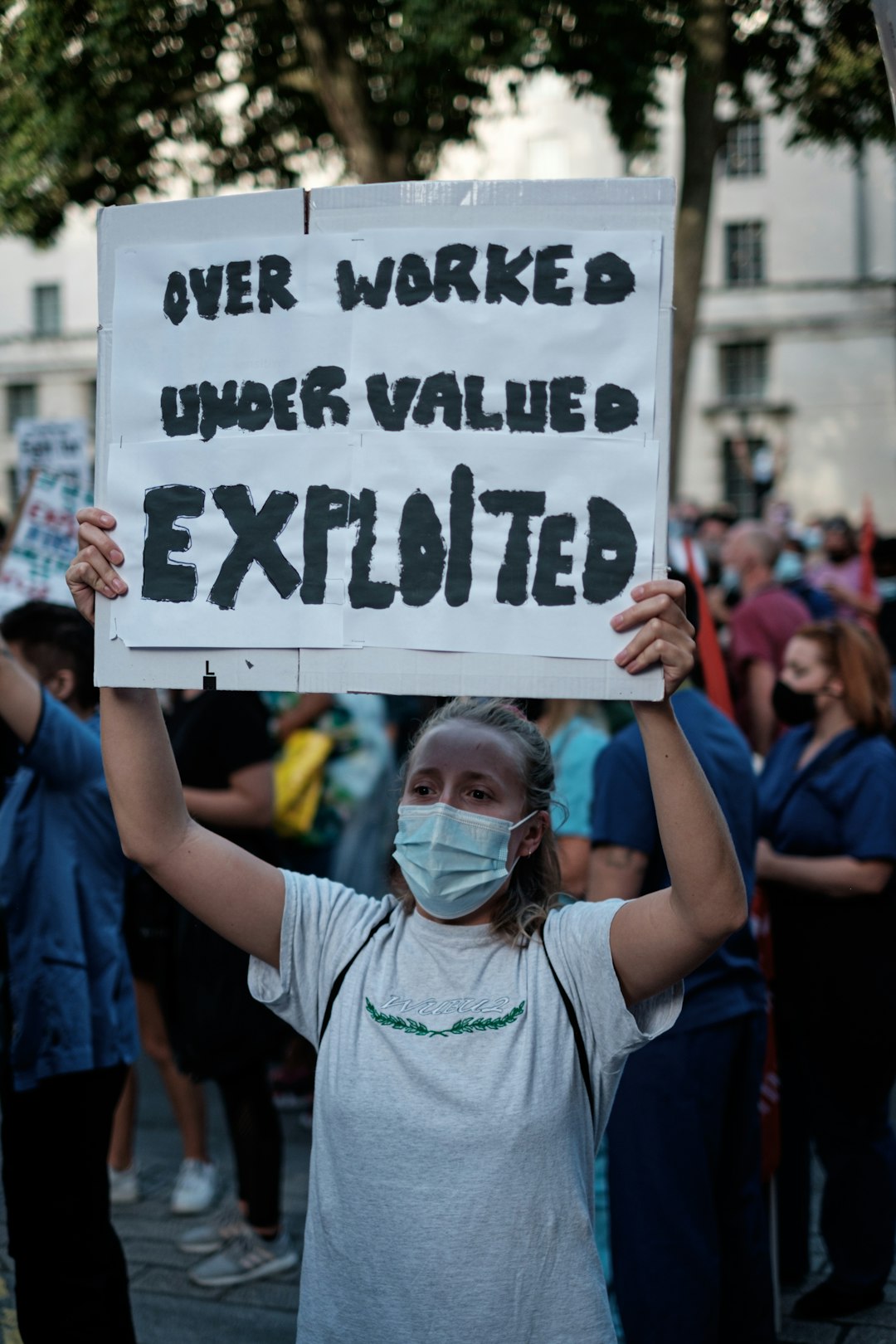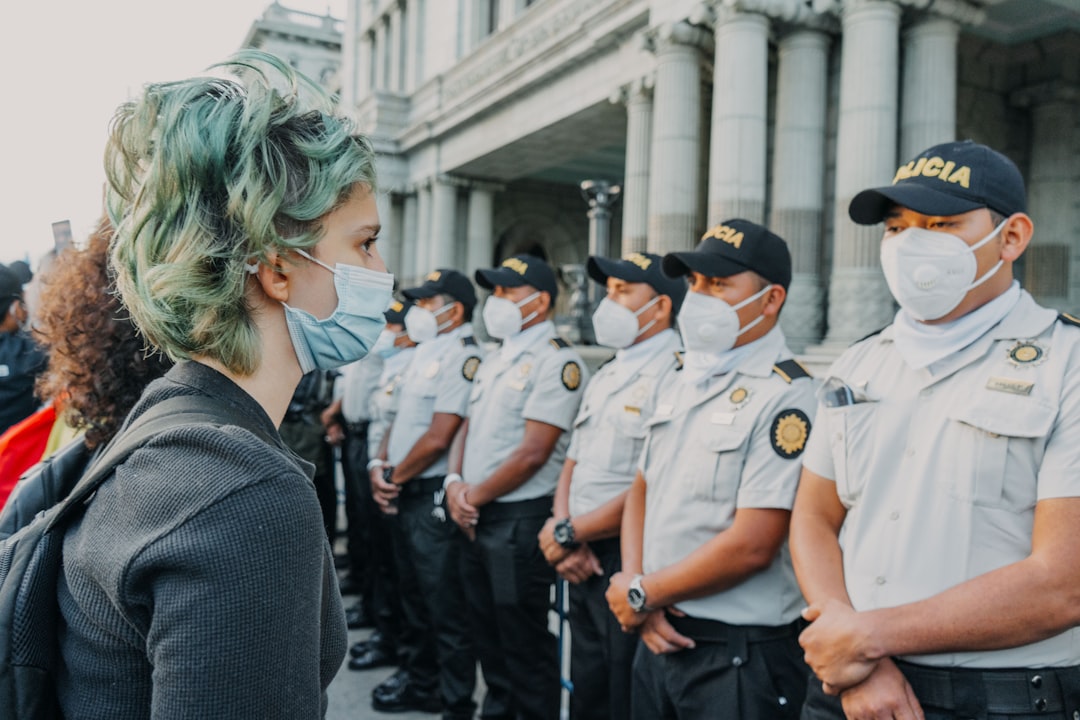Understanding New York’s Minimum Wage Structure

The concept of minimum wage is not new in New York, but its application has seen significant changes over the years. As of 2023, New York City boasts a minimum wage of $15 per hour, a figure that aims to help workers manage the high cost of urban living. However, this rate is not uniform across the entire state. Different regions, especially those upstate, have varied minimum wages, reflecting the diverse economic landscapes within the state. This structure aims to address regional differences while still striving for a fair wage for all workers.
Historical Context of Minimum Wage in New York

The journey to the current minimum wage has been marked by gradual increases designed to alleviate the financial struggles of low-income workers. In 2016, New York embarked on a phased approach to raising the minimum wage, targeting $15 per hour in New York City by 2021 and achieving similar targets in other areas by 2022. This historical backdrop is critical for understanding the current wage landscape. Each increment was a response to mounting living costs, aiming to provide workers with a wage that could support a decent standard of living.
Economic Impact on Workers

For many New Yorkers, the minimum wage increase has been a lifeline. With higher wages, workers can now afford essentials like housing, food, and healthcare that were previously out of reach. This boost in earnings has been instrumental in reducing poverty levels, allowing families to meet their financial needs more comfortably. Additionally, higher wages often lead to increased job satisfaction, as employees feel valued and secure in their roles. This satisfaction can translate into lower turnover rates, benefiting employers with a more stable workforce.
Challenges Faced by Businesses

While workers benefit, the minimum wage increase presents hurdles for businesses, particularly small enterprises. The most immediate impact is the rise in labor costs, which can squeeze profit margins and limit hiring capabilities. To counterbalance these costs, some businesses have resorted to raising prices, a move that can contribute to inflationary trends in the local economy. Moreover, businesses may need to modify their operations, perhaps by cutting hours or investing in automation, to manage these financial pressures efficiently.
Regional Disparities in Minimum Wage

A notable aspect of New York’s minimum wage policy is its regional variability. New York City, with its high living costs, mandates a $15 per hour minimum wage, whereas upstate areas may have lower rates. This disparity can create economic imbalances, as workers in less urbanized regions may struggle with lower wages despite facing rising living expenses. The cost of living differences between urban and rural areas make it challenging to apply a uniform wage policy across the state, necessitating a more nuanced approach.
The Role of Small Businesses

Small businesses are the backbone of New York’s economy, and the minimum wage increase has unique implications for them. Unlike larger corporations, small businesses often have tighter budgets and may find it challenging to absorb increased labor costs. This strain can lead to innovative adaptation strategies, such as flexible work arrangements or enhanced employee training to boost productivity. These businesses must navigate the wage increase carefully to remain viable while supporting their workforce.
Public Sentiment and Political Response

The public’s opinion on the minimum wage increase is divided, reflecting the complex nature of the issue. Workers and advocacy groups largely support the increase, emphasizing the need for a living wage that aligns with rising living costs. Conversely, many business owners express concerns about maintaining sustainable operations under the new wage structure. This divergence in views has sparked political discussions, with policymakers considering adjustments or support measures to aid affected businesses.
Future Projections and Considerations

Looking ahead, the trajectory of minimum wage in New York is subject to several influencing factors. Potential calls for further increases may arise, especially in response to ongoing inflation and escalating living costs. Additionally, the economic recovery from the COVID-19 pandemic will play a pivotal role in shaping wage policies. Future legislative measures may aim to balance the needs of workers and businesses, ensuring a fair yet sustainable economic environment.
Conclusion

The minimum wage increase in New York has wide-ranging effects on both workers and businesses. While it offers crucial financial relief for low-income workers, it also poses significant challenges for businesses striving to adapt to the new economic realities. As the conversation continues, it remains essential to consider the diverse perspectives of all stakeholders involved in this multifaceted issue.







